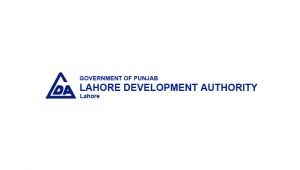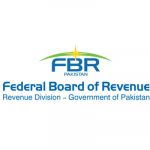Karachi: The State Bank of Pakistan raised the benchmark interest rate by 125 basis points to 15% on Thursday (July 7) ahead of the Eid-al-Adha holidays, according to news reports. The interest rate has reached its highest level since November 2008.
Read: SBP hikes interest rate by 150 points, reaches 13.75%
Reportedly, the SBP raised interest rates to tackle increasing inflation and lower the current account deficit (CAD), which is also at its highest in months. Acting Governor Dr Murtaza Syed announced the Monitory Policy Committee (MPC) decision during a post-meeting news conference held in SBP. He stated that, as foreshadowed in the previous monetary policy statement, interest rates on Export Finance Scheme (EFS) and Long Term Financing Facility (LTFF) loans are now linked to the policy rate to strengthen monetary policy transmission, while continuing to incentivize exports by currently offering a 500 basis point discount relative to the policy rate.
Read: SBP raises PKR 1.7 tr auctioning market treasury bills
He said that the decision was taken to ensure short-term credit availability for exporters. Furthermore, the MPC stated that the joint move maintains the monetary tightening that has been in place since September, with the goal of ensuring a smooth landing of the economy amid an extraordinarily tough and unpredictable global environment. The MPC meeting also highlighted three key steps taken for the stability of the economy, which are:
- Reversal of the unsustainable energy subsidy package to improve fiscal stability as decided with International Monetary Fund (IMF) key demands.
- Roll over of a USD 2.3 billion commercial loans from China has helped provide support to foreign exchange reserves and arrested the falling rupee value.
- Economic activity has continued due to the 6% growth momentum of the last two years that will be carried into the fiscal year 2023.
Read: SBP relaxes banks’ CRR requirements for housing finance
The MPC highlighted that the combined effect of these three steps has resulted in a significantly lower trade-off between growth and inflation than in many countries where the post-Covid recovery has not been as vigorous.








